The past few years have been tough for Americans. Our nation feels divided—by politics, race, economics, and more. I'll admit, in the face of these challenges, it’s been all too easy to focus solely on what’s broken. But amidst the noise and division, it’s also easy to lose sight of something truly remarkable: how much this country has to offer.
Cathedral Rock, Sedona
I rediscovered my love for the United States by exploring its great outdoors—and what I found was nothing short of breathtaking. The sheer diversity of America—its landscapes, its people, its cultures—is a testament to its richness and resilience. I spent a year on the road going to over 40 national parks in 40 states. The National Park System is often called 'America's Best Idea,' born out of a vision to preserve the nation’s most extraordinary landscapes and cultural treasures for all people, for all time. Road-tripping across the States gave me a chance to step outside my echo chamber and meet people whose lives and perspectives are vastly different from my own. From the geothermal wonders of Yellowstone to the towering cliffs of Yosemite, from the stark beauty of the Grand Canyon to the biodiverse wetlands of the Everglades, each park offered a unique glimpse into the natural and cultural heritage of the United States. Time and again, I found common ground. And it made me realize something profound: we’re not as divided as the media makes it seem.
Reconnecting with the outdoors rekindled my patriotism and turned me into a staunch advocate for protecting the environment. There's an undeniable majesty and serenity that comes with surrendering oneself to nature—whether it's the rugged peaks of mountains, the sprawling plains, the serene valleys, or the meandering rivers and dense forests. They remind us of the shared heritage we have as Americans, transcending the barriers that divide us. Our country is undeniably beautiful, and it's our collective responsibility to protect it for future generations.
If we don’t do something soon, there won’t be much left.
Pacific Ocean at Bodega Bay, California
Climate change, pollution, and unsustainable development are eroding the very landscapes that have inspired generations. If we don't take action now, we risk losing the very landscapes that define our nation's identity. That's why I implore you, regardless of age, physical ability, or socioeconomic status, to explore the wonders of the National Park System. From towering redwoods to cascading waterfalls, from ancient canyons to pristine coastlines, there's something for everyone to discover and cherish.
There’s no better way to foster a connection to the land and the people who share it than by immersing yourself in the wonders of nature. And once you’ve experienced that connection, it’s impossible to ignore the urgency of the fight to protect America. Together, we can ensure that the breathtaking beauty of America endures for future generations.
Plan your next adventure below:
All photos taken with iPhone. I tend to blitz through parks, sometimes hiking and driving through them in a day or two; please take your time. I’ve organized the following parks by the trips I planned—you obviously can set your own itineraries.
Table of Contents:
Anchorage, Alaska: Denali, Wrangell St & Kenai Fjords National Parks
Punchbowl Glacier
Kenai Fjords National Park
Alaska truly is the last frontier. Incredibly vast and remote, it will take multiple trips to fully explore. This land is pure wilderness. Fly into Anchorage (which has great food like Moose’s Tooth Pizza, Simon & Seafort’s, & Snow City Cafe), bike down the Tony Knowles Coastal Trail, and hike the steep Flat Top Mountain. Summer, especially before August is best to avoid large mosquitoes and maximize warm weather advantages. Oh, and you can dogsled here.
Kenai Fjords
From Anchorage, take the train to Denali (where you’ll see moose and bears),. The tallest peak in America, Mt. Denali is so massive, that it has its own climate, so don’t count on catching it unless you get on a helicopter tour. Only the beginning of the park is driveable, so hop on a shuttle bus to see the park.
You can take a bus down south to the Kenai Fjords. This park is mostly protected waters, so take a cruise ship from the town of Seward to see breathtaking ocean views, including sea lions, whales, bald eagles, and puffins.
Wrangell St. Elias is the largest national park in America and the largest protected wilderness in the world. At over 13 million acres, it’s larger than Yellowstone, Yosemite, and Switzerland combined. It’s the wildest and most remote park you can drive to—since most of the remote parks require a combination of chartered flights, trekking, and crossing water. Stock up on supplies since the closest gas and food are about 60 miles away. Given its size and lack of cell reception, it’s a wonderful place to unplug.
Alaska is up there with Utah as one of my favorites—I will definitely be back to explore and enjoy some of the best fishing, hunting, camping, backpacking, and birdwatching in the world.
Wrangell
Flat Top Mountain, Anchorage
Hawai'i: Haleakalā, Hawaiʻi Volcanoes
Road to Hana, Māui
Koko Crater, Oʻahu
Lava flow at Hawai`i Volcanoes
Hawaiʻi’s national parks showcase raw volcanic power and lush biodiversity found nowhere else. Hawaiʻi Volcanoes National Park on the Big Island lets you walk through lava fields and peer into active craters. It spans over 300,000 acres, anchored by Kīlauea and Mauna Loa, two of the world’s most active volcanoes. The park’s landscape shifts from steaming craters and hardened lava fields to tropical rainforest within minutes. Trails like the Kīlauea Iki Crater descent take you across a cooled lava lake, while the Chain of Craters Road ends at the rugged Pacific coastline, where molten rock once met the sea. It’s both a geological museum and a reminder that the island is still forming.
Haleakalā National Park on Māui rises above the clouds at sunrise, with surreal volcanic landscapes and rainforest trails. It rises 10,023 feet above sea level, where sunrise over the crater feels almost lunar. The upper slopes are volcanic desert, while the park’s eastern side, the Kīpahulu District, transforms into lush jungle with bamboo groves and waterfalls along the Pīpīwai Trail. The contrast between barren summit and fertile rainforest mirrors the island’s extreme ecosystems, created by altitude and trade winds.
Pearl Harbor, O`ahu
Beyond the parks, Hawaiʻi’s state and local preserves—like Pololū Valley, Waipiʻo Valley, Iao Valley, and Diamond Head State Monument—extend the experience. Each combines geology, native vegetation, and Polynesian history: ancient fishponds, taro terraces, and sacred heiau temples remind visitors that nature and culture are inseparable here.
Snorkeling coral reefs, kayaking past sea cliffs, or traversing black and green sand beaches all highlight the islands’ diversity. Few places compress the planet’s natural diversity into such a compact, living laboratory.
Waihe’e Ridge, Māui
Haleakalā Summit, Māui
Colorado: Aspen, Boulder, Colorado Springs, Great Sand Dunes & Rocky Mountain National Parks
Rocky Mountains
Grey & Torrey’s Peak, Rocky Mountains
My buddies and I drove 25 hours straight from Chicago to the Continental Divide. Don’t do that; just fly into Denver. Make sure you get a 4-wheeler to scale these mountains, and if you’re planning on hiking in the colder months, bring hiking poles and spikes, otherwise, you’ll slip everywhere. Wildlife abounds; moose, bighorn sheep, beaver, deer, black bear, eagles, marmots, and mountain lions. It’s incredibly busy, but people are super friendly.
Continental Divide, Colorado
Black Canyon of the Gunnison National Park
Maroon Bells
On the way to the Rockies, stop and eat your packed lunch at Estes Park with the elk
Hike Bear Lake & Emerald Lake Trails (or any trail with a lake, for that matter).
Driving through the mountain range itself is quite fun. I fell in love with the Rockies.
If you’re in Colorado, and up for a serious hiking challenge, attempt a 14er. These are mountains with a peak of at least 14,000 feet and are quite difficult. Colorado has the most out of any state (53). We tried a dual 14er, Gray & Torrey’s Peak, in the summer with sneakers in the middle of the day. Do NOT do that. Read about altitude sickness and get proper hiking shoes, water, and snacks, start early in the morning, and work your way up to a challenging hike. If you don’t want to, rest assured. The mountains look absolutely stunning from the ground 🙂
Fishing
All the winter sports are available here.
Head over to Boulder (a college town) and hike the Flatirons. If you have time, drive south about 1.5 hours to Colorado Springs to see the Garden of the Gods, an easy and pretty stroll. Once you’re here, just another 2.5 hours south are the Great Sand Dunes, the tallest sand dunes in North America. You can sandboard and climb up endless dunes. The south is fairly warm and arid compared to the mountainous regions.
If you’re stationed in Denver, a drive out west to the gorgeous ski town of Aspen to see Maroon Bells is worth it. Make sure you get reservations ahead of time because this place is always full.
Sunglasses are a must at the Sand Dunes
Garden of the Gods, Colorado Springs
Arizona: Phoenix, South Rim Grand Canyon, Sedona, Page
Antelope Canyon, Page
Horseshoe Bend, Page, Arizona
Camelback Mountain, Scottsdale
If you love blistering heat, this is the perfect state for you. Phoenix has steep hikes such as Camelback Mountain and Piestewa Peak. Head over to Scottsdale for some great eats at Geisha Sushi & SumoMaya.
Of course, you can go to the South Rim of the overcrowded Grand Canyon, which is 3.5 hours from Phoenix. Drive through the entire park, see Havasu Falls, whitewater raft, and hike the Kaibab Trail. Always check nps.gov for road conditions, alerts, and accurate weather (which is different from generic weather channels), as well as restrictions by Native American tribes. This is important because localized trails and roads will have separate alerts from the general alerts for an area.
Make sure to stop at Sedona on the way there (or back) for fun hikes like Cathedral Rock, outdoor activities like hot air balloons, mountain biking, ATVs, and the Chapel of the Holy Cross, a church inside a rock.
Past the Grand Canyon, further north, is Page. Swing by Horseshoe Bend and Antelope Canyon. Keep in mind while Phoenix is warm, the desert and mountains in the north are extreme climates, and get quite chilly (even snowy), in the wintertime.
Sonoran Desert
Piestewa Peak, Phoenix
Moab, Utah: Arches, Canyonlands, Capitol Reef National Parks
Windows Section, Arches, Utah
Sand Dune, Arches National Park
Utah just might be my favorite. It has 5 national parks in the south, all with unique personalities. Fly into Salt Lake City and make the trek south towards Moab—which certainly has its charm. Summer is busy and extremely hot, so pack your water! Late fall and winter you will definitely catch snow. I highly recommend getting the National Park Pass, given that it’s $80 and you can access all parks for a year (typically each park entrance fee is around $30). Discounts are available for the military, seniors, and people with disabilities.
Arches, Moab
Arches is easy to drive through. Things to do here include:
Short walks off the main road include: Balanced Rock, Window Loop, Garden of Eden, & Park Avenue Trails
Sand Dune (which has great climbing spots). If you love scaling boulders, this is the spot for you.
Devils Garden Trail (hard and long, but so much fun. At the end of the park, and a true adventure). Do this first and work backward.
The sister park is Canyonlands - literally canyons within canyons for hundreds of miles around you. In my opinion, I like it better than the Grand Canyon. Scenic overlooks include Mesa Arch, Grand View Point, and Green River.
Canyonlands National Park Visitor Center
Bonneville Salt Flats
Capitol Reef is the most remote park in Utah and is on the way back to Salt Lake City from Moab.
1.5 hours west of SLC are the Bonneville Salt Flats. The city has good eats such as Takashi Sushi, Bombay House, Red Iguana, and Freshies Lobster Co. I was #vanlife for this trip and parked in what appeared to be an unassuming park, which in the morning turned out to be the SLC Farmer’s Market—don’t make that mistake.
The stars out west, especially in Utah, are phenomenal. I camped for 10 days in the summer and loved it.
Arches
Arches
Las Vegas: Death Valley, Zion, Joshua Tree, Grand Canyon North Rim, & Bryce Canyon National Parks
Grand Canyon, North Rim
Mesquite Sand Dunes, Death Valley National Park
Zion National Park
I’m sure you’ll find plenty to do in Sin City without my recommendations. I drove east into Utah and stayed at St. George for this trip. Take a drive to the North Rim of the Grand Canyon, which sees less than 10% of the visitors to the Grand Canyon, and is serene, peaceful, and much colder with regular snow and closures in colder months.
Zion is the park that lives up to the hype. It’s the third busiest park in America, roads close off frequently, and you need to use the shuttle, so come early. You can’t go wrong anywhere in this park; it really is that gorgeous:
Zion National Park
Narrows (wear waterproof shoes if you want)
Angels Landing. A strenuous climb, but totally worth it. If you can’t do it all definitely try to get to Scout’s Overlook—just make sure to check if the trail is closed.
Other interesting formations include Canyon Overlook, Emerald Pools, Riverside Walk, and the Kolob Canyons
Bryce Canyon is where I saw the most beautiful sunset. It’s home to wide amphitheaters containing hoodoos which are odd-shaped pillars of rock, often capped with snow. Spots include Sunset & Sunrise Point, Navajo Loop, & Fairyland Loop.
Angels Landing, Zion
If you’re flying out of Vegas, make sure to drive two hours west to Death Valley. This is the largest park in the lower 48 and contains the lowest point in America (Badwater Basin), the hottest place on earth, sand dunes where Star Wars was filmed, and colored mountains like Zabriskie Point. Don’t forget to fill your gas.
It’s incredible witnessing different geological eras in rock formations and realizing that millions of years ago, this was all underwater. Fall is a fantastic time to visit since temperatures will cool off from the summer heat, and crowds will be smaller.
Perhaps the best representation of the otherworldly feel of this area is Joshua Tree, complete with the trees, boulders, and wide desert backgrounds. About 4.5hrs from Vegas, it’s a worthy stop on the way to San Diego, which itself has numerous hiking and outdoor activities such as Torrey Pines State Park.
Badwater Basin, Death Valley National Park
Bryce Canyon National Park
Joshua Tree National Park, California
New Mexico & Northwest Texas: Guadalupe Mountains, Carlsbad Caverns, and White Sands National Parks
Guadalupe Mountains National Park
White Sands National Park
Carlsbad Caverns National Park
New Mexico is the fifth-largest state in America and has a few hidden gems. I’d fly into El Paso, Texas, and then make the trek through the Guadalupe Mountains (110 miles east) toward the Carlsbad Caverns (another 25 miles east). Make sure you get tickets to enter the caves beforehand, and if you arrive at sunset, a park ranger will guide you to the cave entrance to see thousands of bats fly out.
The Grand Tetons & Yellowstone National Parks
Taggart Lake, Grand Teton National Park
Yellowstone National Park
Yellowstone was the first national park. Unfortunately, it’s terribly busy; lines are like Disneyland here. It’s the largest dormant supervolcano on the continent, and as such, has a tremendous amount of geothermal features, including over half of the world’s geysers. The Old Faithful geyser is overrated and crowded.
You’ll see bison everywhere and large mammals, including wolves, bears, antelope, and moose. Fun smelly spots include the Grand Prismatic Springs, Yellowstone River, Grand Canyon, Mammoth Hot Springs, Trout Lake Trail, and Upper Geyser Basin. This is a great spot to gently introduce national park newbies to the outdoors: fishing, hunting, rafting, and boat tours, all within a short distance of comfortable stays and food, which makes it a very accessible park for all.
If you want something more peaceful, head south to the sister park, the Grand Tetons.
Great trails include:
Hidden Falls
Rest and recover in Jackson, a popular ski town.
Yellowstone Falls
Grand Prismatic Springs
Seattle: Olympic, Mt. Rainier, & North Cascades National Parks
Ruby Beach, Olympic National Park
North Cascades National Park
Seattle is within driving distance of stunning scenery: oceans, beaches, rainforests, lakes, glaciers, and snow-capped mountains. Without a doubt, Olympic National Park is the most diversified national park in the United States. Lowland forests, dramatic mountain ranges, exquisite alpine lakes, sparkling rivers, temperate rain forests, and more than 50 miles of untamed shoreline can all be found in this park.
Must-dos here include:
Mt. Rainier National Park
The North Cascades, often called the American Alps, is one of the least visited parks in the country and home to the most glaciers in the lower 48 and the richest flora diversity out of any national park. Be careful because of avalanches.
And lastly, but no less spectacular, make sure you see Mt. Rainier.
The seafood in Seattle is the best in the country and in the few months of sunshine in the summer, it’s fantastic to paddleboard and kayak. In other seasons, the rain is unrelenting.
Lake Diablo, North Cascades National Park
Olympic National Park Seashore
Juneau, Alaska: Glacier Bay & Mendenhall Glacier
John Hopkins Inlet, Glacier Bay
Juneau is a small sleepy town of around 30,000 surrounded by mountains which makes it impossible to access via road. With a rich history tracing back to indigenous tribes thousands of years ago, it houses the state capitol and has ferries, cruises, and planes that go to spots like Glacier Bay National Park & Mendenhall Glacier.
Glacier Bay includes several species such as Dall sheep, sea lions, brown bears, and wolves, all of whom have evolved to the abundant salmon and aquatic environment. It, alongside Wrangell, was designated as a UNESCO World Heritage Site and is home to over 1000 glaciers, many of which are unfortunately calving now & the highest coastal mountains in the world.
Even closer to Juneau is Mendenhall Glacier in the Tongass National Forest, which is famous for its blueish hues. The sad thing about these areas is the effects of global warming. Glaciers are literally melting in front of your eyes—catch them before they disappear forever.
Alaska serves as a reminder of what America once was—wild, untouched, and truly free.
Glacier Bay
Mendenhall
Glacier & the Canadian Rockies
Grinnell Glacier
Lake Louise
The Crown Jewel of America. That’s what they call Glacier National Park, which expands into Waterton in Canada, the world’s first international peace park. It encompasses 1 million acres, 1000 species, and over 100 lakes. You can stay at Kalispell, Montana, and view all kinds of wildlife such as moose, sheep, and bears, as well as look at the stars. Once you cross the Canadian border, it’s only about 4 hours to get to Banff, the centerpiece of the Canadian Rocky Mountain range.
Vista Lake
Banff. It is every bit as breathtaking as everyone claims. It truly is the poster park for Canada. The walkable town is incredibly picturesque, with about 8,000 residents, but seeing over a million visitors annually, in all seasons, being a cornerstone of Canadian tourism. There are four major parks within driving distance of Banff town (which is 1.5hrs from the major airport in Calgary): Kootenay, Yoho, Banff, and Jasper, in addition to numerous provincial parks and the nearby town of Canmore.
You seriously can’t go wrong here. In every direction there are snow-capped mountains and gorgeous lakes that glisten turqouise from glacial water. Banff itself has incredible food such as Zyka (Indian), Balkan (Greek), Sky Bistro (take the gondola up), Farm & Fire (breakfast), Fairmont Château (afternoon tea), Lake Agnes Tea House (hike up from Lake Louise), and Tekkara. The people are very cordial and welcoming, outdoor activities are neatly organized, and within hours you can escape into the wilderness.
Do yourself a favor and book this trip ASAP.
Columbia Icefield
Third Lake, Valley of the Five Lakes
NorCal
Big Sur
Half Dome, Yosemite National Park, Sierra Nevada Mountain Range
Welcome to my home, 48 counties of unparalleled beauty and diversity stretching from the Bay Area to ancient Redwood forests and the Pacific Coast Highway. Northern California, encompassing the Sacramento, Central, and San Joaquin Valleys, is a treasure trove of natural wonders and cultural richness. I’ve traveled across the globe and it’s hard to beat the cultural, gastronomic, innovative & geographic diversity of the Bay Area and surrounding lands. As one of the world’s leading agricultural centers, happy California cows roam in farmlands, near beautiful wine country such as Napa & Sonoma, with the backdrop of glistening mountain ranges. Within hours you are at all the following places—and I highly recommend them all.
Golden Gate National Recreation Area
Point Reyes National Seashore
California has the most national parks out of any state, and 5 are located in NorCal. It includes numerous NPS sites, such as Muir Woods & Alcatraz Island.
Redwood National & State Parks
Sequoia & King’s Canyon National Parks
Pinnacles National Park
History comes alive in Northern California, with Spanish missions dotting the landscape and quaint towns like Sausalito and Carmel-by-the-Sea preserving their unique charm. Explore iconic landmarks like Golden Gate and Big Sur, each offering a glimpse into the region's past, all the way to Native American heritage.
Mt Shasta, Cascade Mountain Range
Monterey Bay
Napa & Sonoma Valleys
A vibrant tapestry of ethnic cultures and cuisines that make this region truly special. Wander through bustling farmers' markets, where California's bounty is on full display, and savor the flavors of world-class wine country. And if you’re in a pinch, In-N-Out is always around. I can’t describe it well enough—you simply have to experience it for yourself.
Lassen Volcanic National Park
Lake Tahoe
Below are several other spots I visited during my roadtrip:

Indiana Dunes National Park

Lake Michigan, Chicago, Illinois
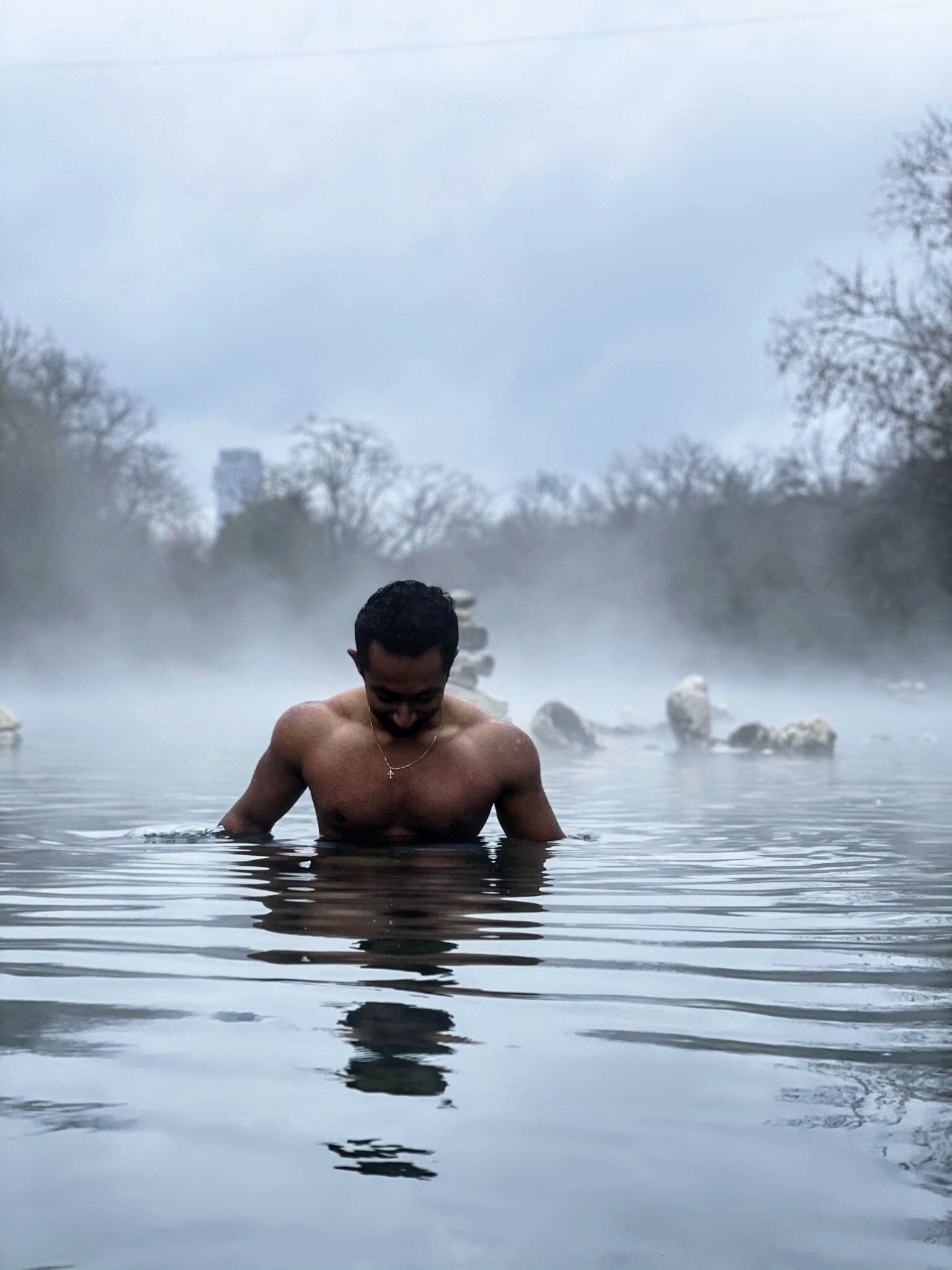
Austin, Texas


Columbus, Ohio


Cuyahoga National Park, Ohio

Shenandoah National Park, Virginia


Great Smoky Mountains National Park, Tennessee & North Carolina


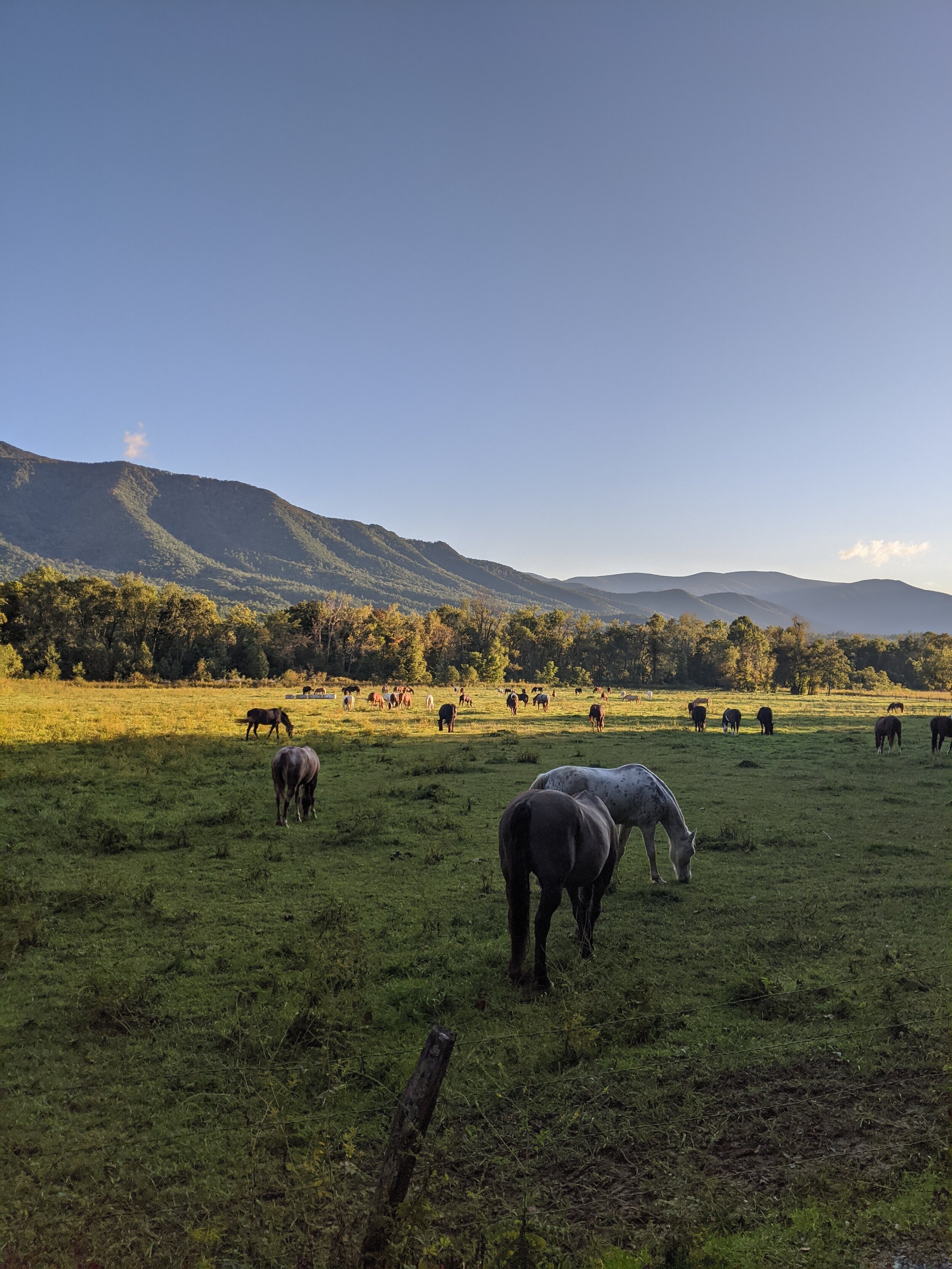
Cades Cove, Smokey Mountains National Park
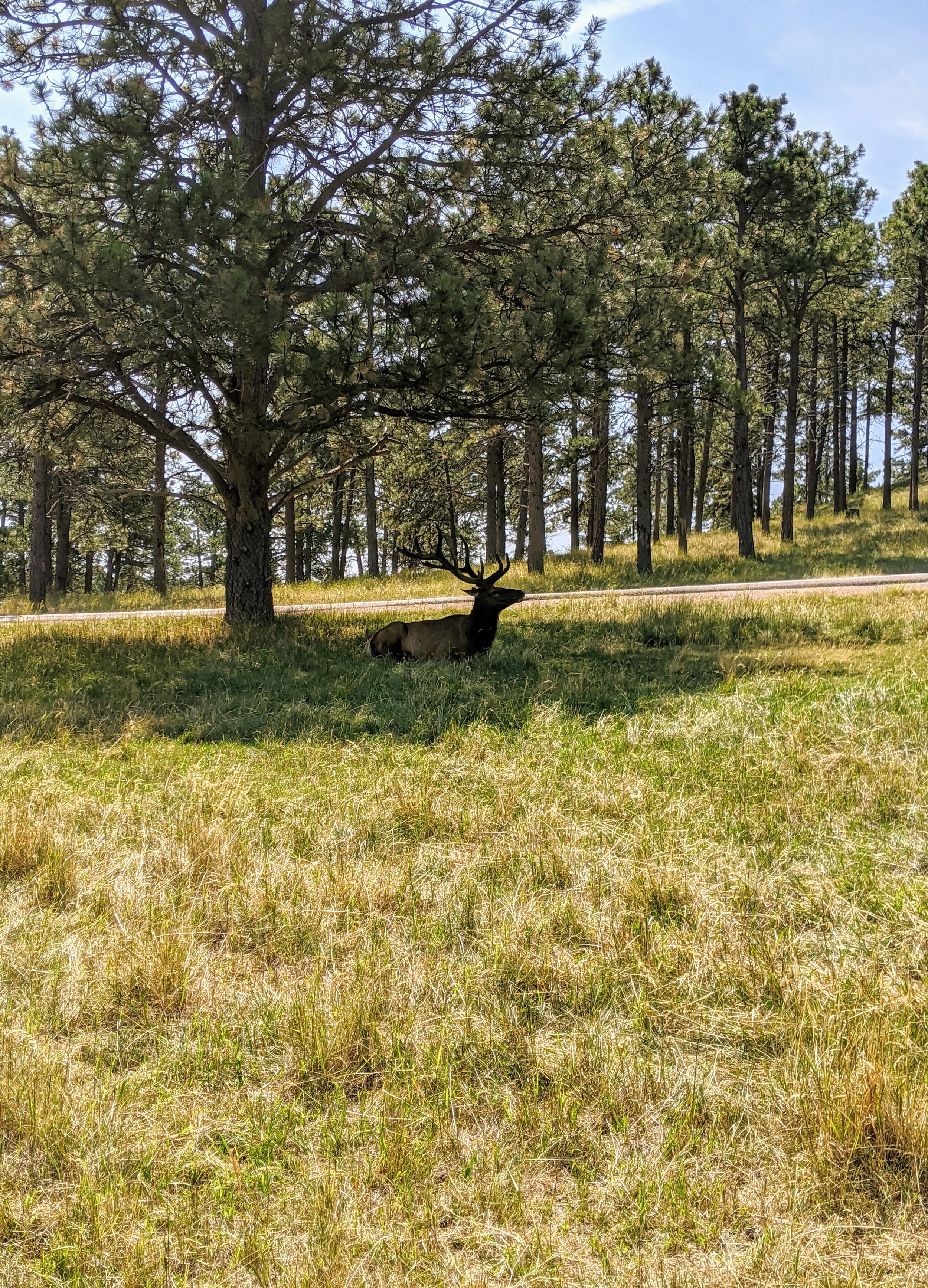
Bear Country, South Dakota


Mount Rushmore, Black Hills, South Dakota

Badlands National Park, South Dakota
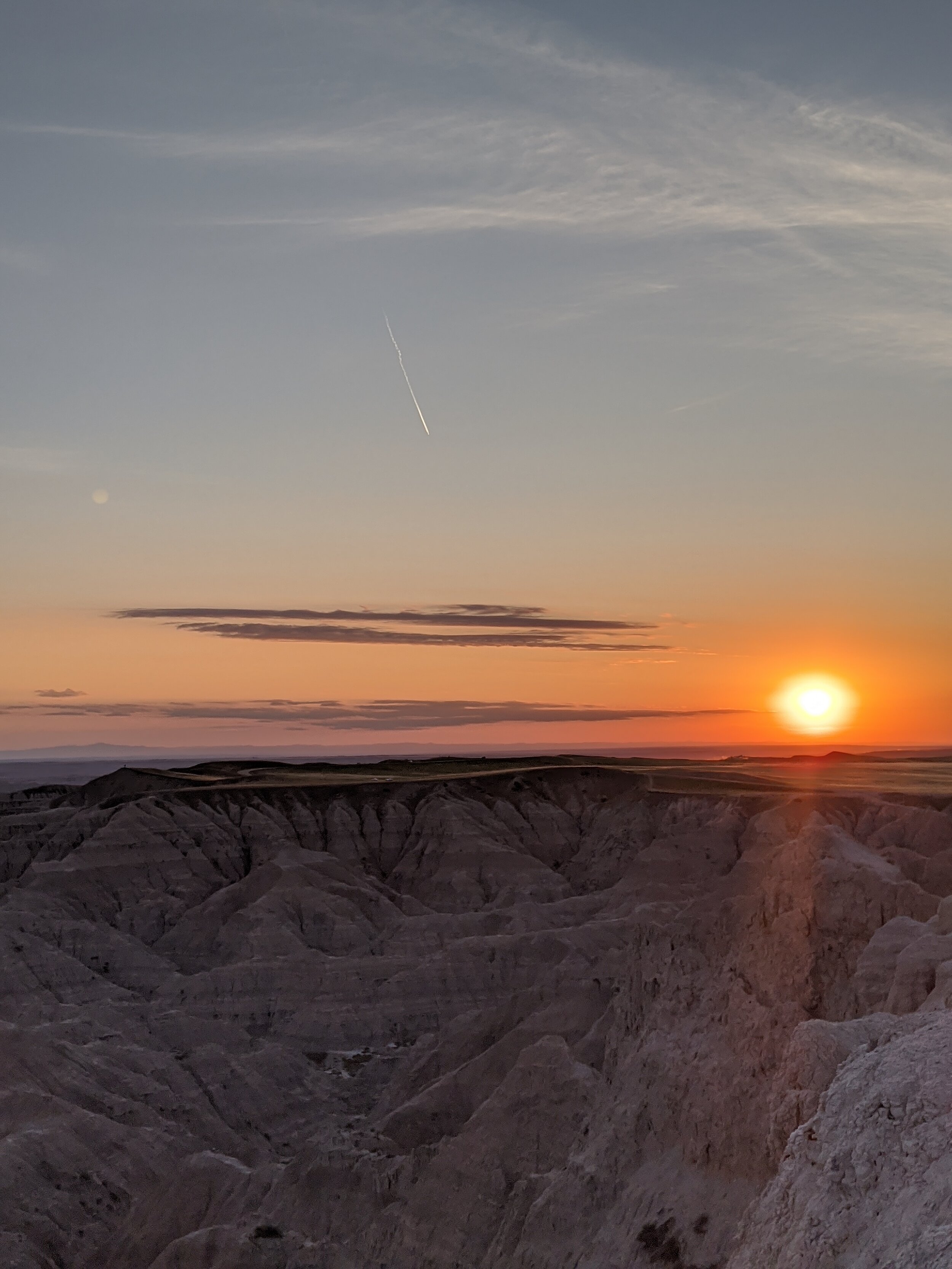

Custer State Park, South Dakota

Devils Lake State Park, Wisconsin

Everglades National Park, Florida



Niagara Falls State Park, New York & Ontario

Big Bend National Park, Texas
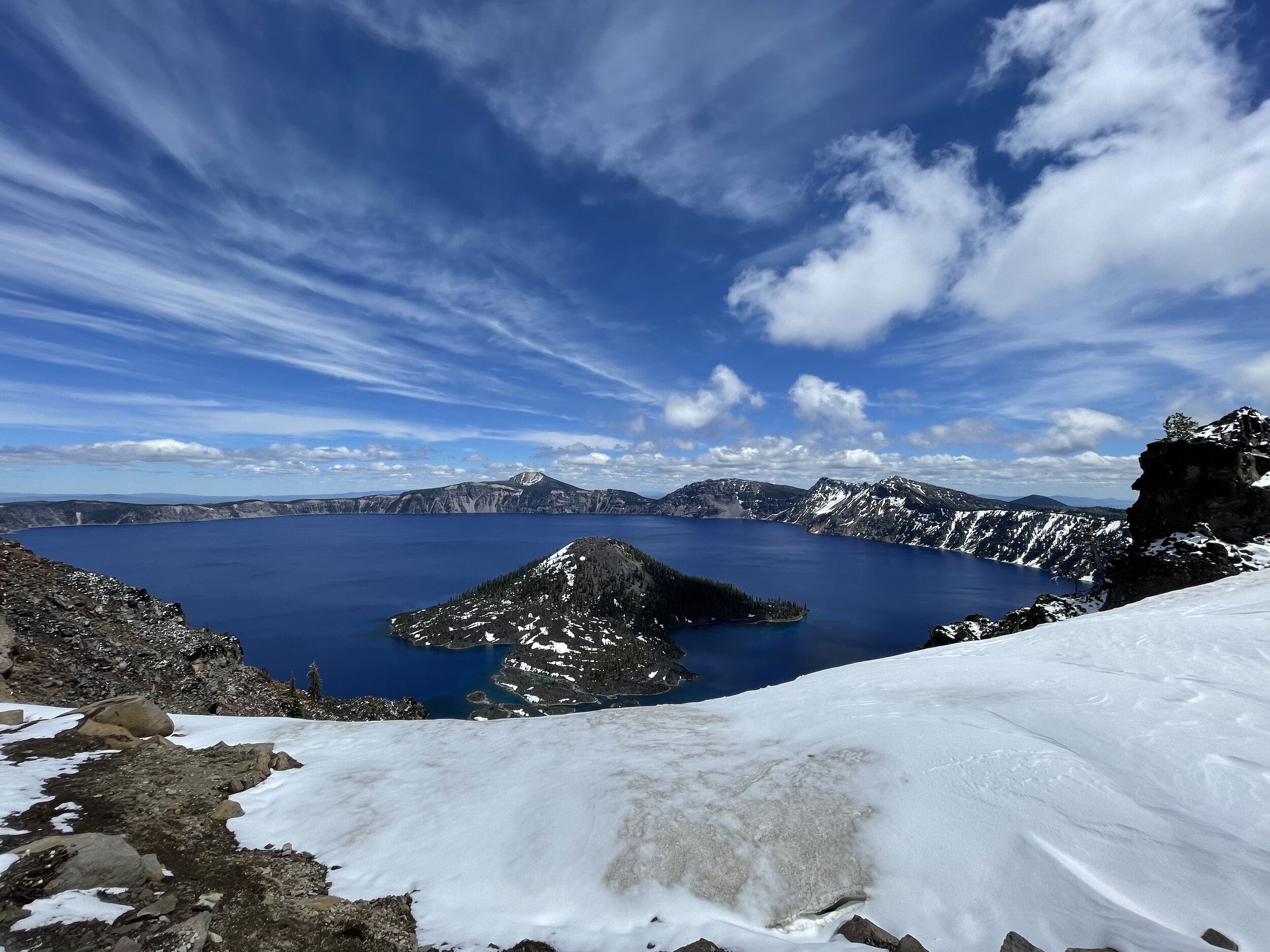
Crater Lake National Park, Oregon







































































